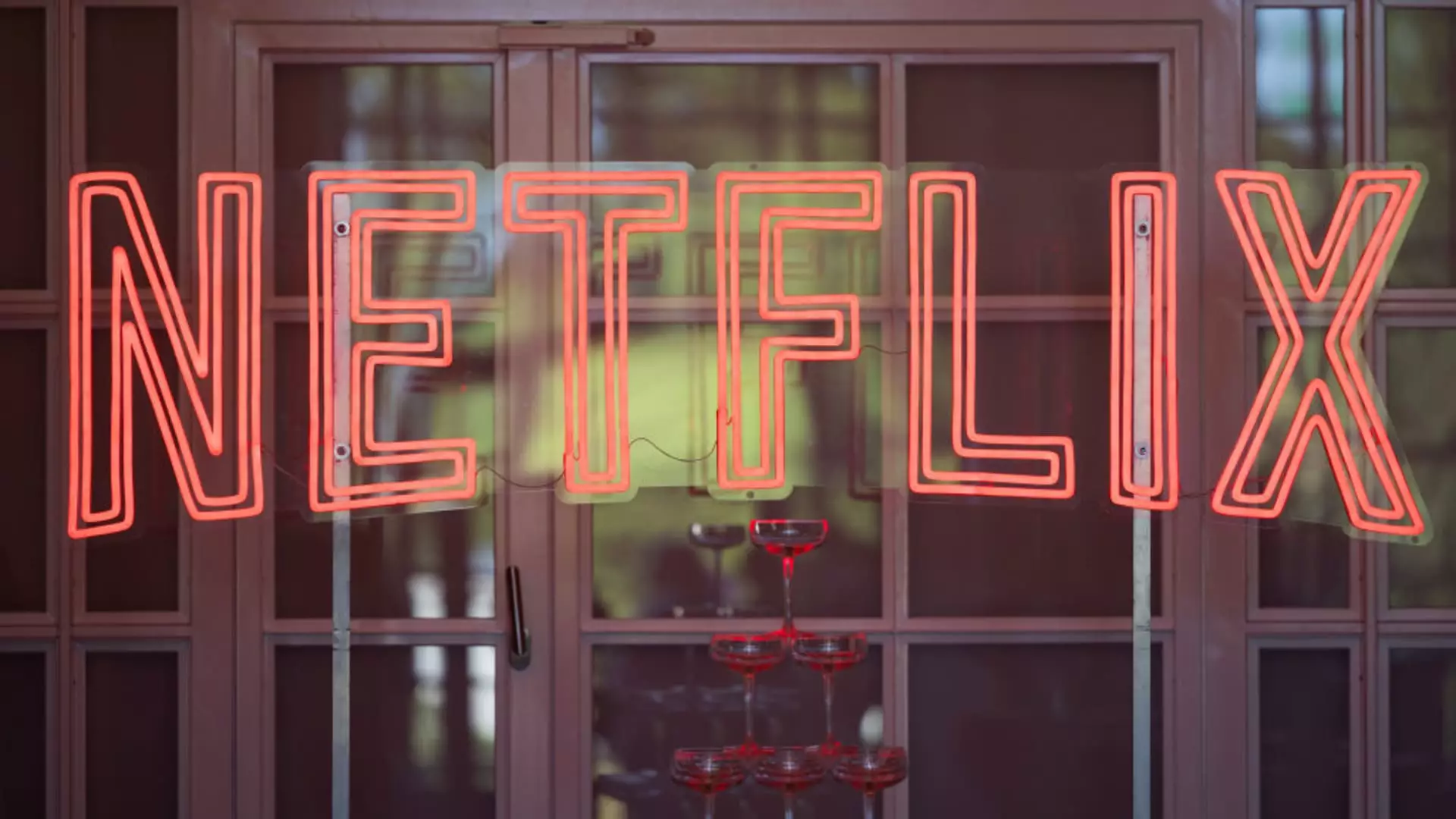In a significant move that has caught the attention of subscribers and market analysts alike, Netflix has announced an increase in prices for most of its U.S. plans. This change, unveiled during the company’s fourth-quarter earnings announcement, raises the stakes in an already competitive streaming market. The standard plan without commercials will rise from $15.49 to $17.99, while the ad-supported option will see a modest increase from $6.99 to $7.99. The premium plan will also see an adjustment from $22.99 to $24.99. These changes are not isolated to the United States; other international markets, including Canada, Portugal, and Argentina, will also experience price hikes.
The surge in Netflix’s pricing reflects broader trends within the streaming industry. For years, consumers have witnessed a barrage of price increases across various platforms. Competitors such as Disney+ and Warner Bros. Discovery, which operates the streaming service Max, have also raised their prices to keep pace with operational costs. This shift towards higher pricing structures, combined with the introduction of ad-supported plans, indicates an evolving approach as streaming companies strive to achieve profitability.
Gone are the days when services were solely ad-free at accessible price points. Instead, companies are opting for a “pay more for less” model that complicates consumer expectations. As viewers grapple with these changes, it becomes crucial to examine whether the content and quality warrant such increases. Netflix co-CEO Ted Sarandos has emphasized the need for substantial content to justify these price hikes, touting upcoming releases in 2025 as a response to consumer demand for enriching viewing experiences.
Ad-Supported Plans: A Double-Edged Sword
The introduction of ad-supported plans is a response to earlier challenges Netflix faced with stagnating subscriber growth. By creating a tier that offers a cheaper subscription in exchange for ads, Netflix sought to attract a broader customer base. Surpassing 70 million global monthly active users on ad-supported plans signifies a substantial market shift toward accommodating cost-sensitive consumers.
However, this adjustment has not been without complications. In their efforts to increase their subscriber base, Netflix eliminated its basic ad-free tier shortly after launching their ad-supported model, a contentious decision that not all users embraced. The price adjustments to the ad-supported plan—while minimal—signal the company’s first foray into altered pricing for this tier, which may leave viewers questioning what value they are receiving for their investment.
Password Sharing Crackdown: New Revenue Streams
Adding another layer to its pricing strategy, Netflix has intensified its crackdown on password sharing, an issue that has plagued many streaming services. To counter this, the platform has introduced the option for subscribers to add “extra members” at an additional cost. For the standard plan without ads, the price for adding an extra member will rise from $7.99 to $8.99, although extra members on ad-supported plans will not see a price increase.
This approach aims to convert casual viewers who leverage shared accounts into paying subscribers, directly contributing to the company’s revenue growth. Netflix reported adding a record 19 million paid memberships in the fourth quarter, lifting their total subscriber base to over 300 million. This increase demonstrates that the firm’s strategies—both price adjustments and subscription model tweaks—are beginning to yield lucrative results.
As Netflix navigates these complex dynamics, the question remains: What does this mean for consumers? While many subscribers may feel the pinch of higher costs, the promise of engaging content may retain loyalty among die-hard fans. Furthermore, as competitive pressures mount, companies may continue to innovate, creating new offerings that align with consumer preferences.
Ultimately, the recent price hikes reflect a broader trend facing the entire streaming industry, as companies grapple with the financial realities of delivering high-quality content. Whether Netflix can maintain its competitive edge while responding to subscriber feedback will be crucial as the market continues to evolve. For now, viewers are left contemplating the value of their subscriptions amid a whirlwind of changes.

